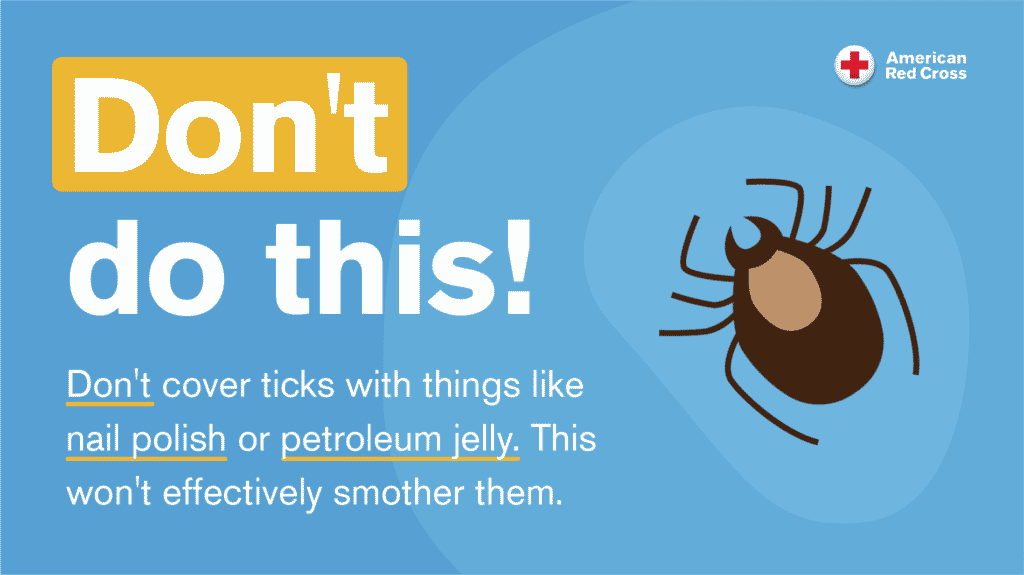
If you ever walk your dog in the park, garden in your backyard, or go hiking in a wooded area, you more than likely have been around or come across a tick. They are little parasites that like to feed on warm-blooded animals like dogs and birds as well as people. If you come across a tick bite on yourself, a loved one, or your pet, here’s what you should do:
- Use a fine-tipped, pointed tweezer to grasp the tick at the head as close to the skin as possible.
- Pull upward slowly without twisting until the tick releases its hold.
- Wash the area with soap and warm water.
- Apply an antibiotic wound ointment, cream or gel as long as there are no known allergies or sensitivities to the ingredients.
Also, don’t try burning, or using nail polish or petroleum jelly to remove the tick. That could take hours waiting for the tick to detach itself. The goal is to remove the tick as quickly as possible in one fell swoop.
How to Avoid Ticks
Many of us are also not fans of ticks in general. So, if you’re looking to avoid ticks altogether, follow these helpful tips to lower your risk of getting bit by one:
- Limit the amount of exposed skin by wearing long-sleeved shirts and long pants. Also, not forgetting to tuck your shirt into your pants and your pant legs in your socks or boots. You don’t want a tick going in there!
- Stay in the middle of trails and avoid underbrush and tall grass.
- Use an insect repellent if you plan to be in a grassy or wooded area for a long period of time or if you know the area is known for ticks.
When to Seek Medical Care
Most tick bites can be removed and treated at home, but they can also spread pathogens that cause severe illnesses and reactions. Here are some commons signs to look out for when it’s time to seek additional medical attention:
- You’re unable to remove the tick.
- Pieces of the tick are still embedded in your skin.
- If you develop any flu-like symptoms.
- The bitten area appears red and swollen.
For additional first aid safety tips on treating things like tick and insect bites, download the free Red Cross First Aid app.
